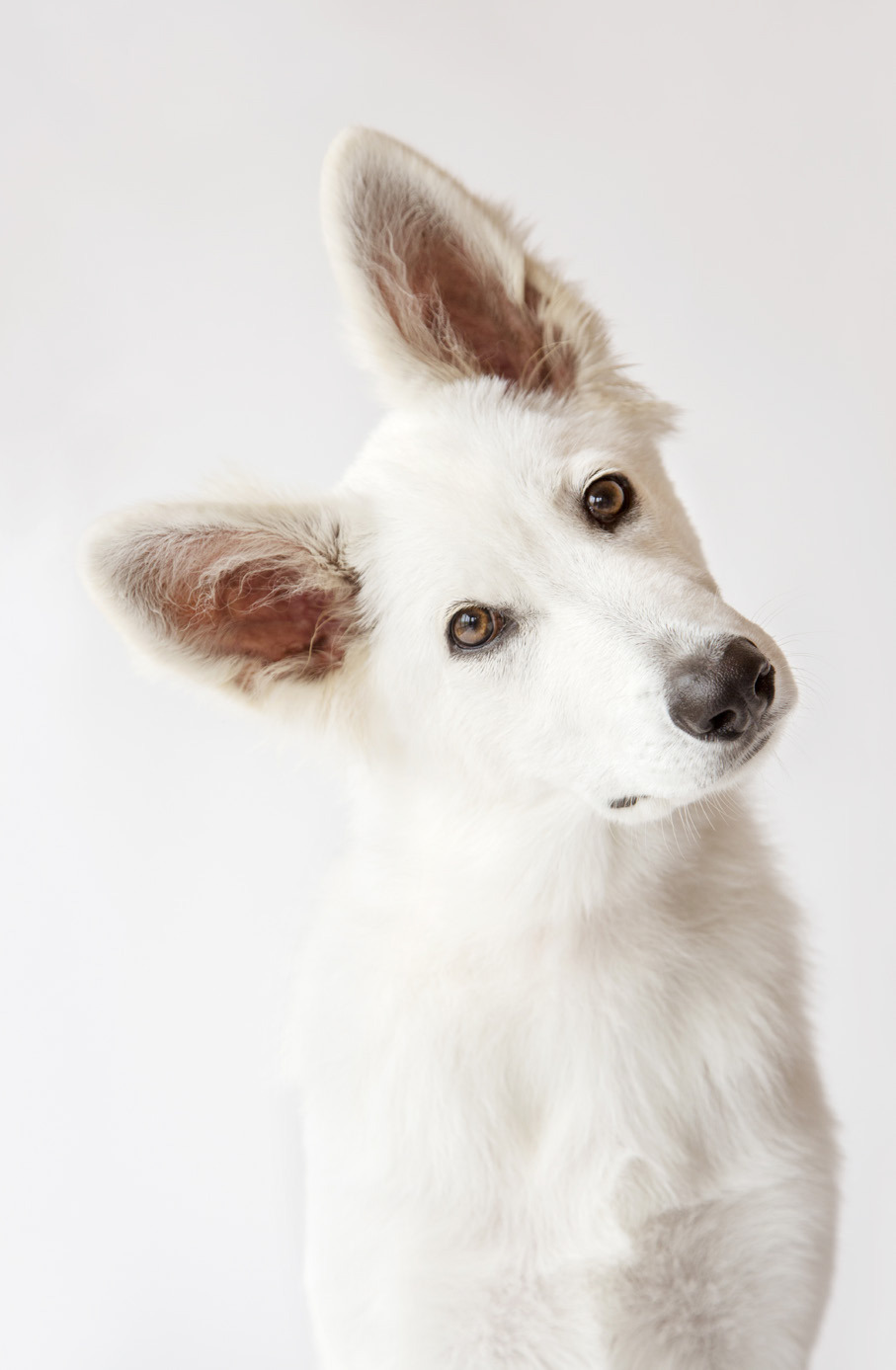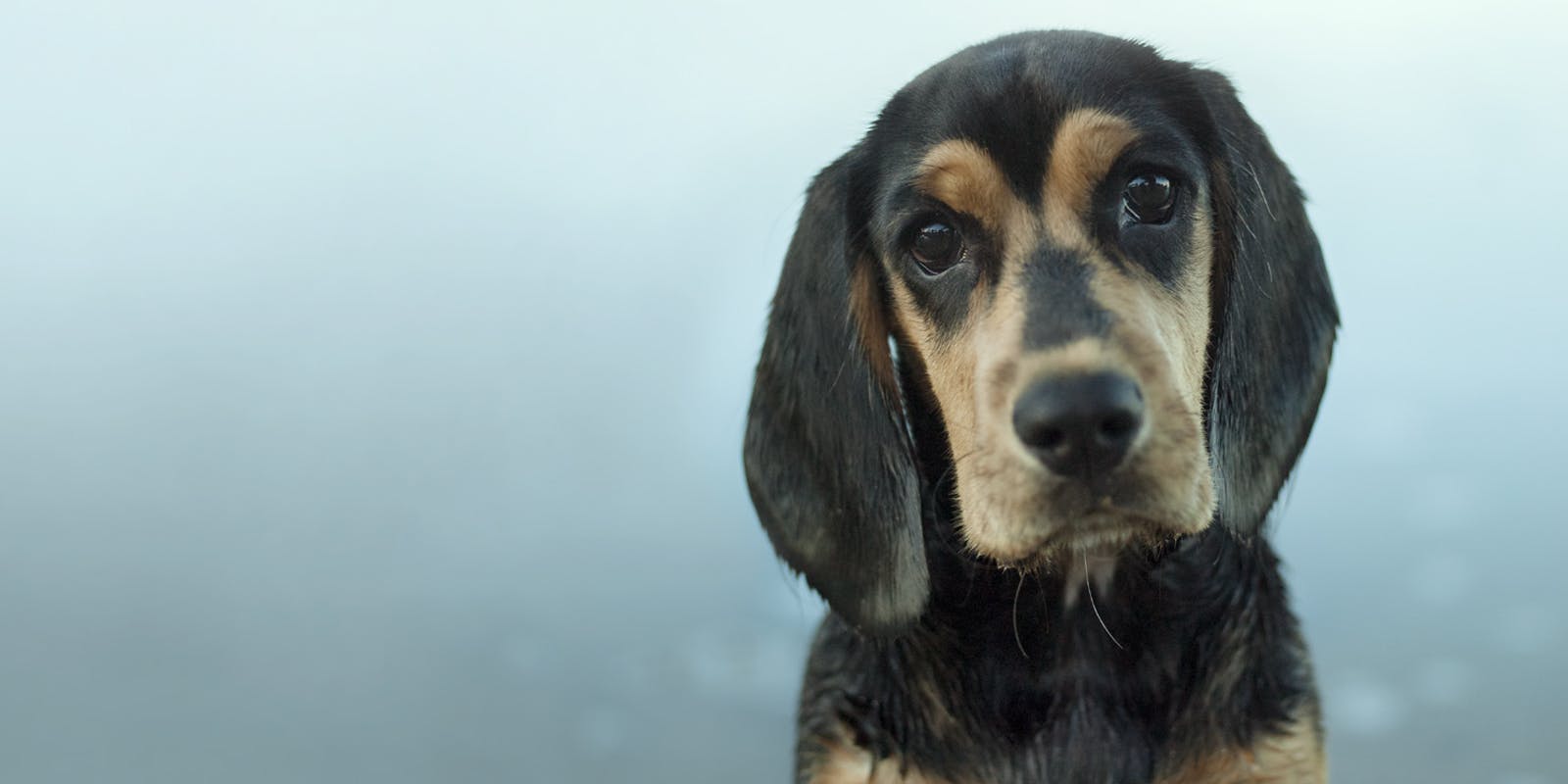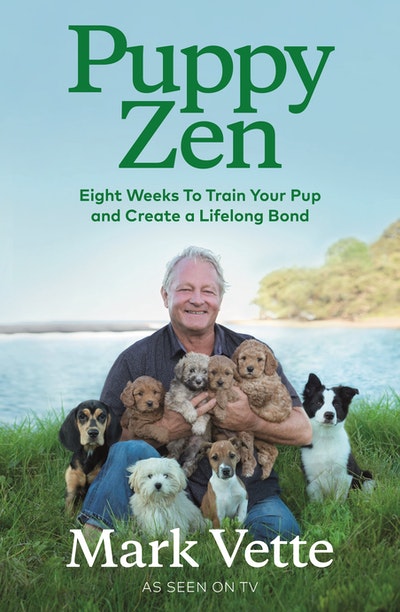Once you have decided what sort of dog breed will suit your household and where you are going to find your new pup, you will need to make a choice about which puppy to choose from the litter or retailer. Whether you have chosen a hybrid or pure-bred pup, here is some guidance on how to choose.
This guidance is based on the eight training activity groups (introduced in Part A) that will guide your training (outlined in Part F). It will give you and the breeder assessment criteria that will guide you on how well-adjusted the pup is, and also any issues that need to be dealt with as soon as you get him. You can use this guidance in association with the ‘Puppy temperament test’ in Appendix A to help assess your pup for selection. It is also useful in establishing a baseline for your training, enabling you to track progress throughout. We discuss this test in more detail in Part F, at 8 weeks of age.

Socialisation
Dog socialisation
When you first visit the litter, observe the pups’ interaction with each other before you alert them to your presence. You should be looking for an outgoing pup that is neither excessively submissive nor dominant with the other pups (see the section on shared language in Part B for guidance), as these pups will be easier to rear and train as a rule. If you are more experienced, then you might consider getting the shyer, less confident pup.
Human socialisation
When you first interact with the puppies, look for the ones that approach you with their heads held high and tails wagging. These are signs of confident, socially well-rounded and friendly pups that have had the right start in life. Take your children, if you have any, and see how the pups interact with them. Have the pups had exposure to a mix of people of different races, age and gender?
Other species
Check with the breeder what has been done with any other species.
Mentor bond
The ideal pup should want to be with you, follow you around and play with you when initiated. Test to see whether he can hold a gentle gaze with you (be careful not to stare). Will he retrieve an object and bring it back to you? (This is testing co-operativity.)
Shared language
Have any of the basic commands or tools been established (use of a collar, lead and crate)? Is the pup calm and focused, or overly excited and distracted? (This is checking for the learning state.) Has the pup used a marker, like a clicker (or other, like ‘yes’ confirmations), at all?
Fears and phobia prevention
Reactive to restraint
Gently hold the pup down on his back for 30 seconds. Initially, he won’t like it, but he shouldn’t bite or react too excessively, and should relax under your moderate pressure. A pup that is not excessively dominant should relax after 10 to 20 seconds and settle down. However, don’t get in a major fight with a pup if he is reactive, just let go, noting if you think he would bite. This technique is for young pups (up to 10 weeks), and does take a little skill and confidence, so be mindful. Ask the breeder if they are okay with you doing this. Does the pup recover quickly after the pressure?
Gently lift the pup up into the air and see how he reacts. You are testing the pup’s emotional resilience to see how he copes with novelty and unexpected things, and how quickly he recovers. Also find out whether the pup is sound-sensitive, by dropping a pot or saucepan lid on the ground and observing how he reacts and how quickly he recovers. Fast recovery is good.
Separation
Separate the pup from his litter mates, and see how he copes with being on his own. Check with the breeder whether they have started crate training, and whether they give the pups individual time alone.
House training
Check with the breeder how this is going, and what method they use. Is there a litter box or paper in the puppy pen? Do they take the pups out onto grass and cue toileting?

Bite inhibition
Play with your pup to see what his bite inhibition is like. Does he nip, grab and bite, and will he stop if you say ‘ouch’, ‘no’ or ‘leave it’? Gently manipulate his feet, tail and mouth to check that he is not overly reactive to being handled. This will differ with breed types, with terriers being more dominant, and toys more relaxed and submissive. Are they sensitive to being touched? Do they resource-guard toys or food?
Enrichment, play and exercise
Check to see whether he is playful, and whether he will engage with novel toys. Does he move freely and look comfortable, and has he been outside to play and exercise?
Health
Here is a quick list on what to look for, to help you choose a healthy puppy.
- The pups should be well rounded and have healthy, shiny coats. They shouldn’t be too skinny or too fat (although rescue pups may not fall in this range).
- Examine each pup physically, and check that he does not have an under- or over-shot jaw.
- Check that the eyes, ears and genitalia are clear, with no discharge or inflammation.
- Of the 2 or 3 pups you have narrowed down, take them aside individually to test vision and hearing. This can be done by clicking, clapping or dropping something on the ground behind the pup to see if he responds. Also you can test sight by putting
a treat or a toy on the ground near the pup and rolling it around, checking that the pup can see it and find it. - Often you will know the one with the X factor for you, but make sure you tick the above boxes, too.
A good pure-breeder should have all of the applicable papers proving the pups are in good health. However, I would always recommend a quick vet-check just to be sure, with regards to health and medical concerns. Check any breed-specific weaknesses.
In general
Unless experienced in raising and training pups, be careful not to choose the fearfully shy pup of the litter. We tend to fall for the underdog, but this fearfulness trait can be difficult to change. It is worth avoiding unless you have the skills to train the fearful pup effectively to give it confidence. Particularly avoid this type of pup if it is your first time raising a pup.
Good luck on the hunt to find your new family member — it is so exciting when you do!















